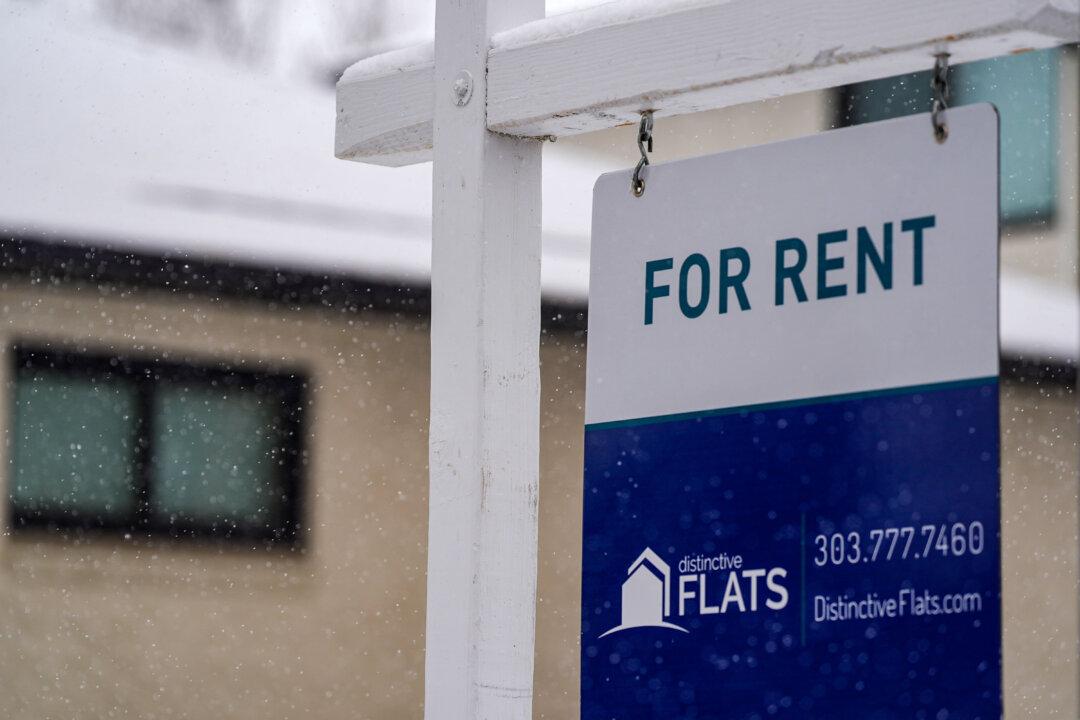U.S. Transportation Secretary Sean P. Duffy has finalized a multimillion-dollar agreement for a new border entry port in Southern California, according to the Department of Transportation (DOT).
“These investments will enhance border security by providing Customs and Border Protection (CBP) with state-of-the-art inspection facilities.
“The new agreement also removed previous Green New Deal requirements, including a zero-emission vehicle charging provision, which was a waste of taxpayer funds and irrelevant to CBP’s national security mission.”
The project will improve inspection efficiency, boost cross-border trade, use intelligent transportation technologies to manage traffic in the region, improve the movement of freight, and minimize congestion, the agency said.
The initiative is expected to bring economic benefits to the Southern California region, including job creation.
The project was initially awarded a grant under the Nationally Significant Multimodal Freight & Highway Projects program in September 2022.
“Thanks to the prior administration’s lack of focus, this critical project sat in limbo for two years. No more. We moved to finalize this deal so we can help protect our Southern border and crack down on drug trafficking while preventing tax dollars subsidizing pointless Green New Deal priorities,” Duffy said.
DOT said the Trump administration has inherited more than 3,200 unobligated grants.
This backlog has delayed crucial investments in America’s communities, the agency said, adding that it was “working diligently” to speed up the distribution of these funds.
The Otay Mesa project is east of the existing Otay Mesa Port of Entry.
Strengthening Border Security
Federal government agencies have taken multiple actions to enhance border security.The more than $70 million contract is for building roughly seven miles of border wall in Hidalgo County, Texas, in the U.S. Border Patrol’s Rio Grande Valley (RGV) sector.
“The RGV Sector is an area of high-illegal entry and experiences large numbers of individuals and narcotics being smuggled into the country illegally,” the agency said.
“Completing the border wall in these locations will support the Department of Homeland Security’s (DHS) ability to impede and deny illegal border crossings and the drug- and human-smuggling activities of cartels.”
The waiver was given for three projects aimed at closing gaps in the border in the San Diego sector.
“Acting under President Trump’s Executive Orders, Secretary Noem is taking bold, decisive steps to secure the southern border and achieve full operational control,” DHS said.
Environmental Pushback
The waiver was met with criticism from Earthjustice.According to the environmental group, the waiver allows the federal government to ignore 29 laws, including the Endangered Species Act, the National Environmental Policy Act, and the Clean Water Act.
Earthjustice attorney Cameron Walkup said that waiving laws related to the environment and good governance that protect clean air, water, and biodiversity will harm border communities and ecosystems.
“Rather than rushing to spend tens of billions of dollars to help President Trump build even more wasteful border wall through a budget reconciliation package, Congress should focus on rescinding these waivers and remediating the significant damage that has already been caused by the wall,” Walkup said.
“Our southern border is under attack from a variety of threats. The complexity of the current situation requires that our military take a more direct role in securing our southern border than in the recent past,” Trump wrote in the memo.
“This constitutes a 14 percent decrease from February 2025 when USBP apprehended 8,346 aliens, and a 95 percent decrease from March 2024 when USBP apprehended 137,473 aliens.”







